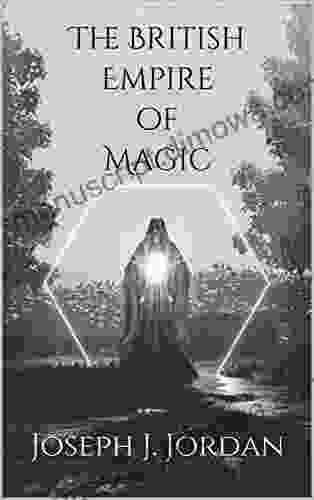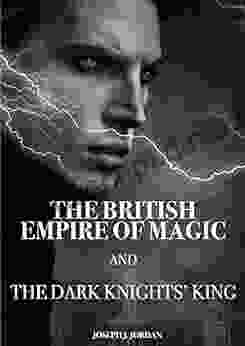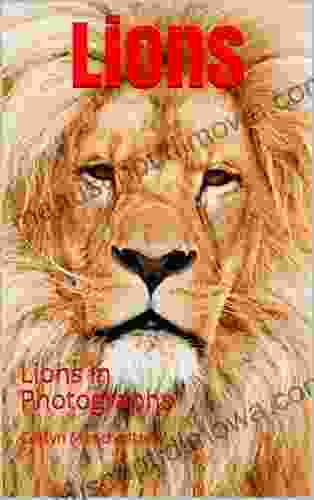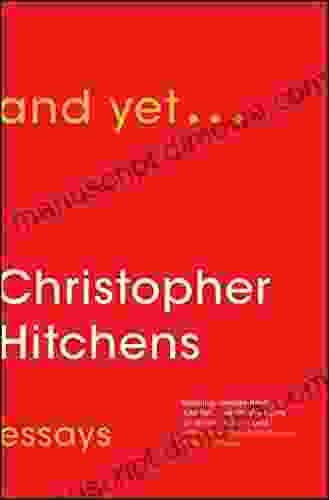Formation Tracking Control For Heterogeneous Swarm Systems: The Ultimate Guide

4.3 out of 5
| Language | : | English |
| File size | : | 7500 KB |
| Text-to-Speech | : | Enabled |
| Enhanced typesetting | : | Enabled |
| Print length | : | 278 pages |
| Screen Reader | : | Supported |
| X-Ray for textbooks | : | Enabled |
Formation tracking control is a challenging problem in swarm robotics. A swarm of robots is a group of robots that work together to achieve a common goal. In formation tracking control, the goal is for the robots to maintain a desired formation while moving. This can be difficult to achieve, as the robots must be able to coordinate their movements and respond to changes in the environment.
Heterogeneous swarm systems are swarms of robots that have different capabilities. This can make formation tracking control even more difficult, as the robots must be able to adapt to the different capabilities of their teammates.
In this guide, we will discuss the different approaches to formation tracking control for heterogeneous swarm systems. We will also provide examples of how these approaches have been used in real-world applications.
Approaches to Formation Tracking Control
There are a number of different approaches to formation tracking control for heterogeneous swarm systems. These approaches can be divided into two main categories: centralized and decentralized.
Centralized Approaches
In centralized approaches, a central controller is responsible for coordinating the movements of the robots. The central controller typically has a global view of the swarm and can make decisions based on the current state of the system. Centralized approaches can be effective, but they can also be vulnerable to failure. If the central controller fails, the entire swarm may be unable to function.
Decentralized Approaches
In decentralized approaches, each robot is responsible for its own movement. The robots communicate with each other to coordinate their movements. Decentralized approaches are more robust than centralized approaches, as they do not rely on a single point of failure. However, decentralized approaches can be more difficult to design and implement.
Examples of Formation Tracking Control
Formation tracking control has been used in a variety of real-world applications. These applications include:
* Cooperative manipulation: Swarms of robots can be used to cooperatively manipulate objects that are too large or heavy for a single robot to move. * Exploration: Swarms of robots can be used to explore hazardous or unknown environments. * Surveillance: Swarms of robots can be used to monitor large areas or track moving targets.
Formation tracking control is a challenging problem, but it is essential for many applications of swarm robotics. In this guide, we have discussed the different approaches to formation tracking control for heterogeneous swarm systems. We have also provided examples of how these approaches have been used in real-world applications.
If you are interested in learning more about formation tracking control, we encourage you to read the following resources:
* [Formation Tracking Control of Heterogeneous Swarm Systems](https://arxiv.org/abs/1802.08992) * [Decentralized Formation Tracking Control of Heterogeneous Swarm Systems](https://ieeexplore.ieee.org/document/9056445) * [Cooperative Control of Heterogeneous Swarm Systems for Target Tracking](https://www.mdpi.com/2072-4292/12/2/157)
4.3 out of 5
| Language | : | English |
| File size | : | 7500 KB |
| Text-to-Speech | : | Enabled |
| Enhanced typesetting | : | Enabled |
| Print length | : | 278 pages |
| Screen Reader | : | Supported |
| X-Ray for textbooks | : | Enabled |
Do you want to contribute by writing guest posts on this blog?
Please contact us and send us a resume of previous articles that you have written.
 Book
Book Novel
Novel Page
Page Chapter
Chapter Text
Text Story
Story Genre
Genre Reader
Reader Library
Library Paperback
Paperback E-book
E-book Magazine
Magazine Newspaper
Newspaper Paragraph
Paragraph Sentence
Sentence Bookmark
Bookmark Shelf
Shelf Glossary
Glossary Bibliography
Bibliography Foreword
Foreword Preface
Preface Synopsis
Synopsis Annotation
Annotation Footnote
Footnote Manuscript
Manuscript Scroll
Scroll Codex
Codex Tome
Tome Bestseller
Bestseller Classics
Classics Library card
Library card Narrative
Narrative Biography
Biography Autobiography
Autobiography Memoir
Memoir Reference
Reference Encyclopedia
Encyclopedia Chris Angermann
Chris Angermann Charlotte Booth
Charlotte Booth Wieslaw A Dudek
Wieslaw A Dudek Lisa Karlskin
Lisa Karlskin Chris Witts
Chris Witts Christina Ochs
Christina Ochs Howie Hellrude
Howie Hellrude Chris Stuart
Chris Stuart Chiara Leclerc
Chiara Leclerc Cherish Amore
Cherish Amore Baxter B Bramatti
Baxter B Bramatti Lisa Waters
Lisa Waters Denise Dunham
Denise Dunham Tony Ruprecht
Tony Ruprecht Charlotte Keatley
Charlotte Keatley Chris Denove
Chris Denove Chris Backe
Chris Backe Liam Williams
Liam Williams Chris O Guinn
Chris O Guinn Chris Wadsworth
Chris Wadsworth
Light bulbAdvertise smarter! Our strategic ad space ensures maximum exposure. Reserve your spot today!
 Richard WrightFormation Tracking Control For Heterogeneous Swarm Systems: The Ultimate...
Richard WrightFormation Tracking Control For Heterogeneous Swarm Systems: The Ultimate... Forrest ReedFollow ·9.1k
Forrest ReedFollow ·9.1k Edward ReedFollow ·4.4k
Edward ReedFollow ·4.4k Edgar Allan PoeFollow ·15.2k
Edgar Allan PoeFollow ·15.2k Stan WardFollow ·2.5k
Stan WardFollow ·2.5k Frank ButlerFollow ·15k
Frank ButlerFollow ·15k Clark CampbellFollow ·9.9k
Clark CampbellFollow ·9.9k Michael CrichtonFollow ·12.7k
Michael CrichtonFollow ·12.7k Robert BrowningFollow ·4.3k
Robert BrowningFollow ·4.3k

 Frank Mitchell
Frank MitchellStep Onto the Dance Floor of Spanish Fluency with...
Are you ready to take a...

 Jarrett Blair
Jarrett BlairEscape into the Enchanting Realm of "The British Empire...
Embark on an Extraordinary Literary Journey...

 Gregory Woods
Gregory WoodsHitler Olympics: The 1936 Berlin Olympic Games
The 1936 Berlin Olympic Games...

 Philip Bell
Philip BellThe British Empire of Magic and the Dark Knights King: An...
In the tapestry of literary...

 Jacob Hayes
Jacob HayesPerilous Journey of Danger and Mayhem: A Thrilling...
In the untamed wilderness,...
4.3 out of 5
| Language | : | English |
| File size | : | 7500 KB |
| Text-to-Speech | : | Enabled |
| Enhanced typesetting | : | Enabled |
| Print length | : | 278 pages |
| Screen Reader | : | Supported |
| X-Ray for textbooks | : | Enabled |











